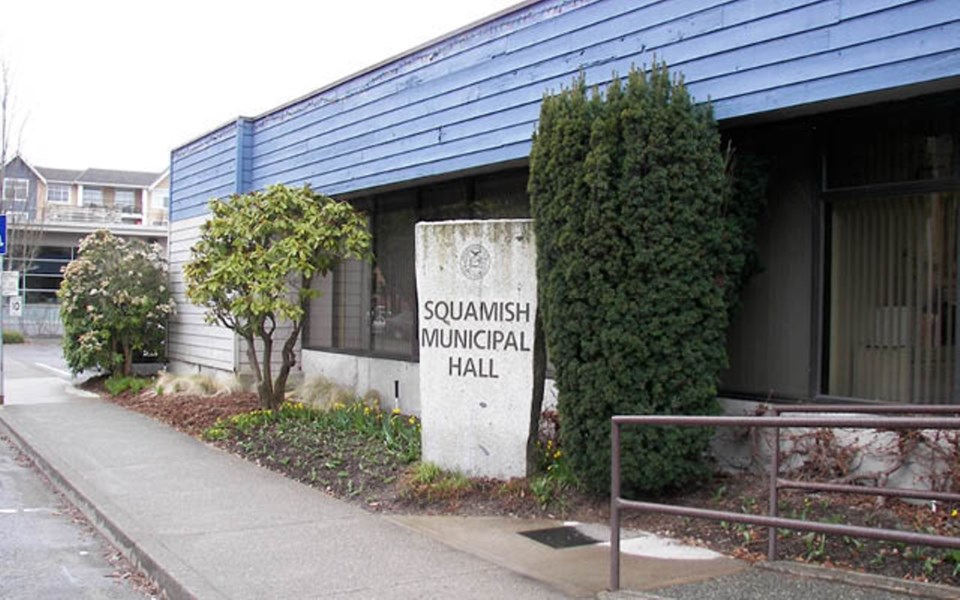In light of the COVID-19 pandemic, the District of �鶹�����has reduced its tax revenue increase expectations by about 57%.
“There’s a lot of pressure on both personal household finances and on businesses’ ability to maintain their cash flows,” said Rolland Russell, the municipality’s acting manager of financial planning.
“The District is doing what they can to try to reduce the strain that taxation is placing on our residents and our businesses.”
On April 28, council voted unanimously in favour of directing staff to make the reductions, which will be reflected in the upcoming tax rate bylaw for this year.
Originally, the District was levying an extra $1.45 million in tax revenue overall — a jump of about 4.9% from the 2019 budget year.
That number has been reduced to about $614,000. This represents a 2.1% increase instead.
Under these new numbers, the District is hoping to collect a total of about $30 million in property taxes this year. Previously, it was seeking about $30.8 million.
“We identified what will not be achievable this year, given the reality now [of] COVID,” said Linda Glenday, the District’s chief administrative officer.
Once staff had a look at what operations couldn’t go ahead as a result of the pandemic, they were asked to reduce funding to those areas — among other places — to lower taxes, Glenday said.
A staff report shows that this ended up in $440,000 worth of reductions from postponed capital projects. This included delaying mechanical upgrades to RCMP facilities, Brennan Park arena’s new dehumidifier, Cleveland Avenue decorative streetlight replacements and transportation
system improvements.
As another example, an additional $150,000 was peeled off of special operating projects, including the hiring of a strategic project support worker, food and forestry impact studies, building permit digitization, downtown streetscape concept designs and music festival support.
In the context of these reductions, the District will also set its new tax rates.
For 2020, residential properties will face a mill rate of 2.97.
In 2019, the mill rate for homeowners was 2.98. The previous year it was 3.15.
Mill rates indicate how much a property owner pays per $1,000 of assessed value.
Businesses will face a mill rate of 7.64 this year. In 2019, this was 7.86. The previous year it was 8.7.
Council, however, voted in favour of increasing the mill rate for major industry from the proposed 27 to 30.26, which is the provincial average.
“We don’t have anyone aside from a port in that class, and the port is sort of handled separately anyways, so it won’t have an impact on anyone’s bill this year,” said Coun. Chris Pettingill.
Coun. Doug Race said this increase sends a message about how the District distributes its tax burden.
“I think just keeping a B.C. average shows first of all an approach of fairness in allocating taxes, notwithstanding the fact that we don’t have an industry there,”
he said.
Mayor Karen Elliott expressed some concern about whether residents — even with reduced rates — will be able to pay amidst the financial hardship caused by
the pandemic.
“Property taxes are the only revenue stream we have,” said Elliott.
“If people actually don’t pay their taxes because of financial hardship, where does this leave us?”
Russell said staff have been exploring such possibilities.
“If there’s a significant fall in tax collection, it will have an impact on our overall cash outlook and we...have been contemplating different scenarios to address that,” he said.
Race also wanted to set aside some potential funding for converting tennis courts into pickleball courts, as he said it was, relatively speaking, a social distancing-friendly sport. This was denied by the rest of council, save for Coun. Eric Andersen, who was the sole supporter.




